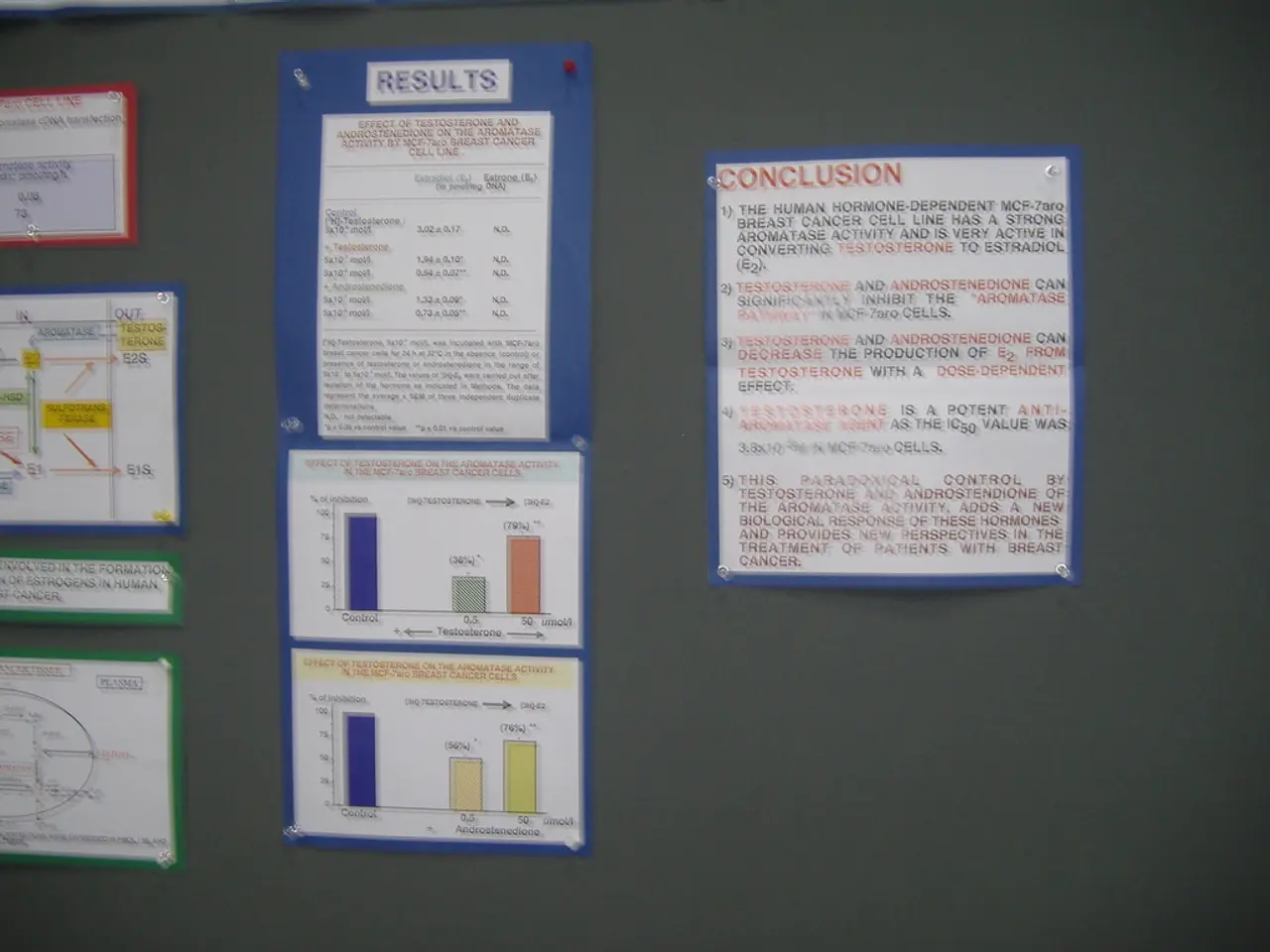Exploring the Complexities: Typical Brain versus Diverse Brain Functioning
In today's society, there is a growing movement towards creating a more inclusive and compassionate world, one that values and respects the diversity of human brains. This article aims to shed light on the differences between neurotypical and neurodivergent brains, and the unique strengths and challenges that come with each.
Neurodivergent individuals, those with brains that function differently from societal norms, encompass a wide range of conditions such as autism, ADHD, and dyslexia. These differences in brain function and sometimes structure are not deficits but rather variations that contribute to the natural spectrum of human neurodiversity.
Neurotypical individuals, on the other hand, follow the dominant societal "norms" in cognition, communication, and sensory processing. They learn, communicate, and behave in ways widely accepted as the norm within society.
However, neurodivergent individuals showcase a unique combination of strengths and struggles. For instance, those with ADHD may exhibit hyperfocus, a heightened ability to concentrate on a single task, while struggling with social communication or executive functioning. Autistic individuals might prefer less social interaction or different types of social engagement than neurotypical people.
Cultivating environments that nurture the growth and development of neurodivergent individuals involves actively embracing neurodiversity and collaboratively working towards the creation of a more inclusive world for everyone. This includes understanding and accommodating sensory preferences, learning about their specific needs, and providing accommodations to foster an inclusive and understanding environment.
Neurodivergent individuals bring the potential for unparalleled perspectives and innovative solutions to problems. Their distinct ways of learning, communicating, and perceiving their environment can lead to fresh insights and creative approaches to challenges that neurotypical individuals might overlook.
It is essential to recognise and appreciate these distinctions, as they contribute to the rich tapestry of neurodiversity. By understanding and celebrating the unique strengths of neurodivergent individuals, we can create a more inclusive society where everyone can thrive.
[1] American Psychological Association. (2021). What is neurodiversity? Retrieved from https://www.apa.org/pi/disability/resources/neurodiversity [2] National Autistic Society. (2021). What is autism? Retrieved from https://www.autism.org.uk/about/what-is/autism.aspx [3] National Institute of Mental Health. (2021). Attention Deficit Hyperactivity Disorder. Retrieved from https://www.nimh.nih.gov/health/topics/attention-deficit-hyperactivity-disorder-adhd/index.shtml [4] Simmons, D. (2019). Understanding Autism: A Comprehensive Guide for Parents, Educators, and Professionals. Jessica Kingsley Publishers. [5] Kana, R. K., & Finger, D. S. (2019). Neurodiversity in the Classroom: Strength-Based Strategies to Help Students with Special Needs Succeed in Academia and Life. Routledge.
Science has increasingly recognized and celebrated neurodiversity, understanding that neurodivergent individuals, such as those with autism, ADHD, and dyslexia, have unique brain functions that contribute to the natural spectrum of human neurodiversity. In health-and-wellness and mental-health discussions, it's crucial to acknowledge these differences, fostering inclusive environments that nurture the growth and development of neurodivergent individuals and maximize their potential for innovative problem-solving.
Neurodivergent individuals often showcase a combination of strengths and struggles, like enhanced focus in ADHD individuals or unique social preferences in autistic individuals. By understanding and accommodating their individual needs, society can create a more inclusive world that prospects everyone's unique strengths and promotes overall well-being.




